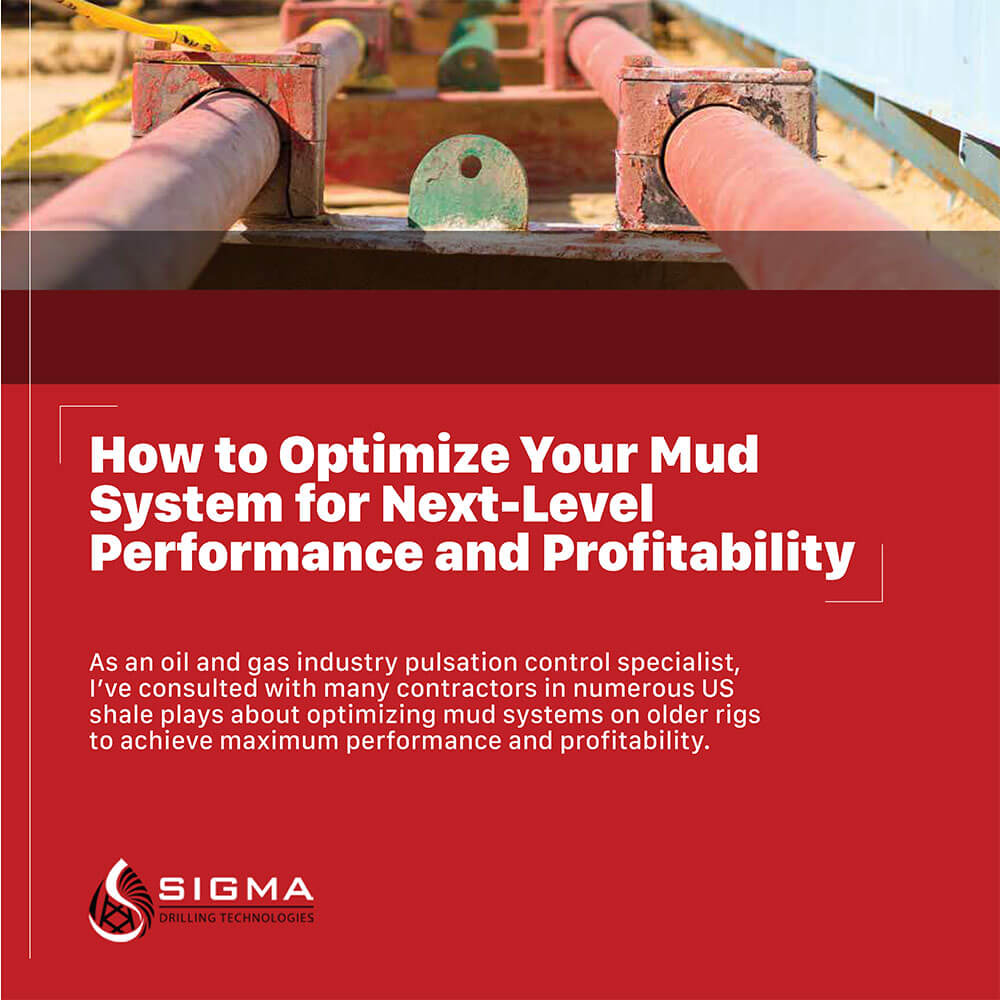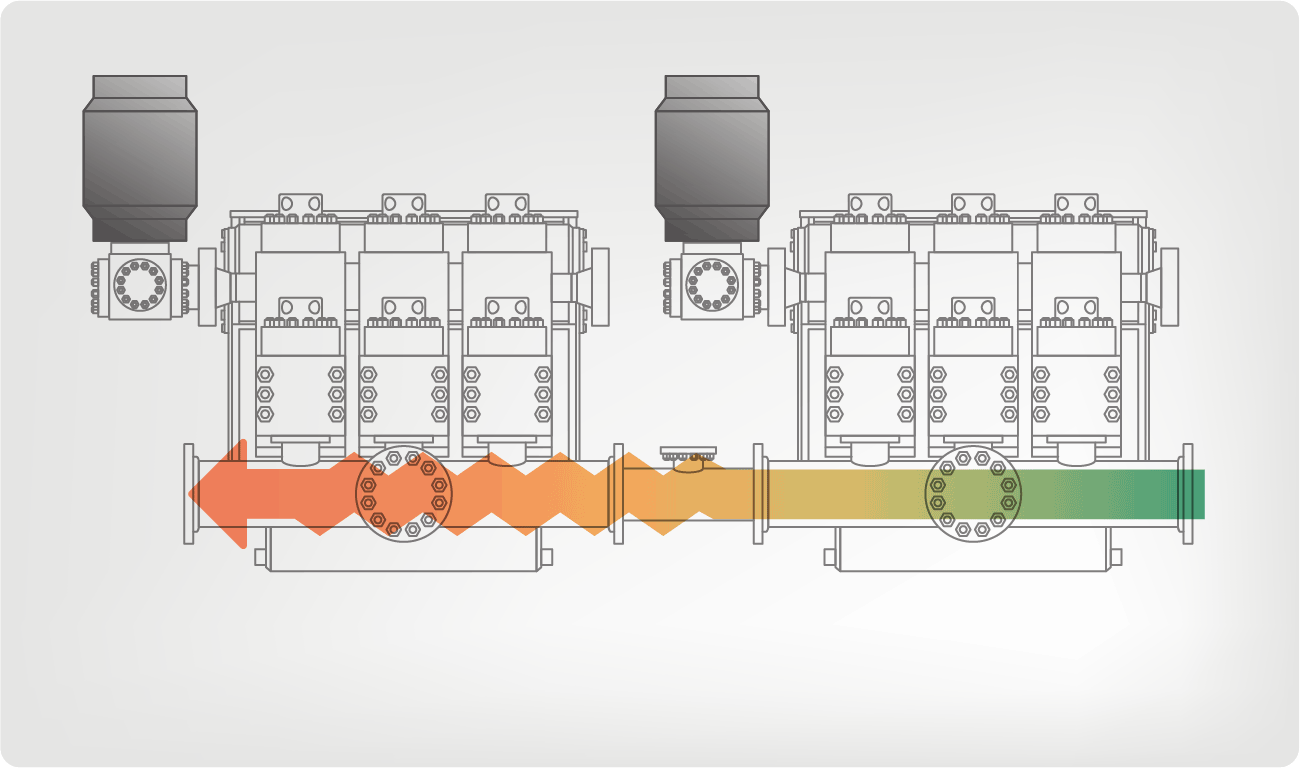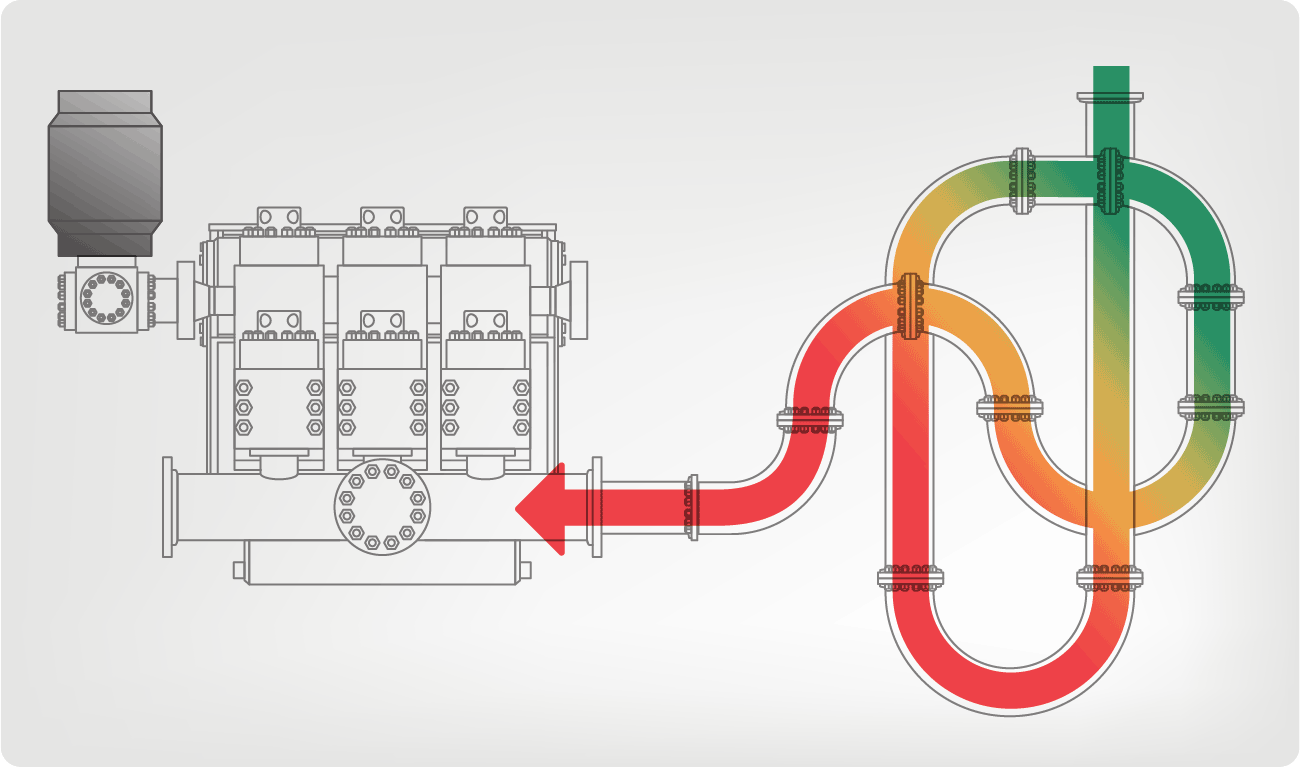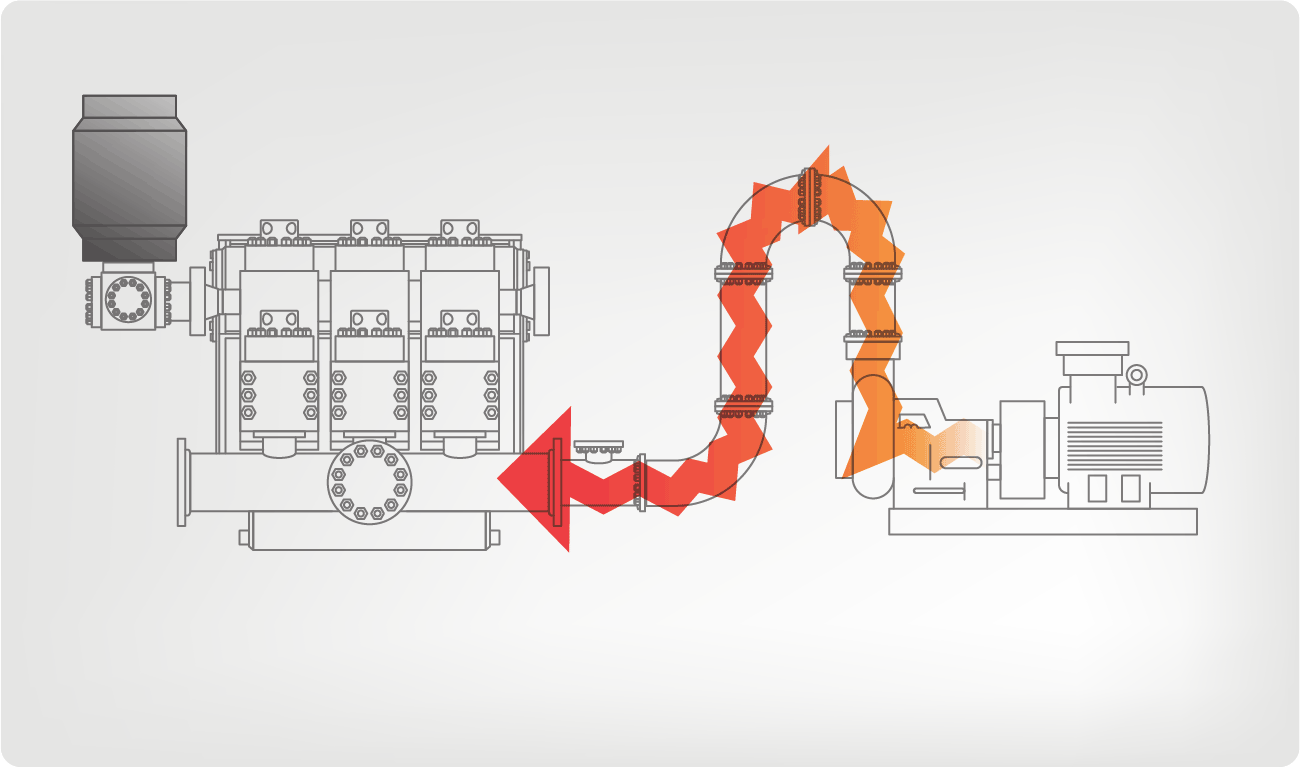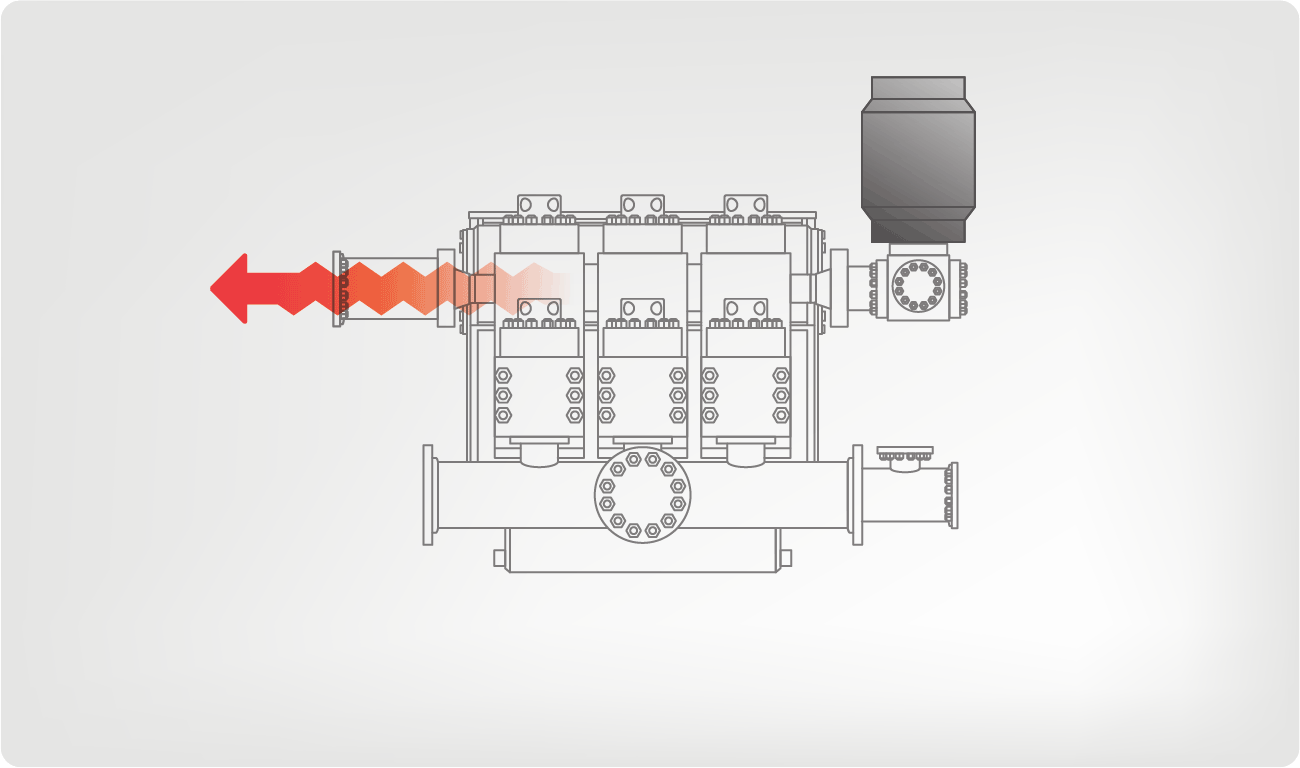As an oil and gas industry pulsation control specialist, I’ve consulted with many contractors in numerous US shale plays about optimizing mud systems on older rigs to achieve maximum performance and profitability.
A common challenge in consults with contractors is, many older rigs built in the pre-fracking era have mud systems lacking appropriate piping size, pulsation control technology, and structural design. These are essential to handle the 7500 psi and up to 1400 BPM rates needed to achieve the aggressive drill plans of today and beyond.
The downside of operating dated mud systems can be significant decreases in performance, efficiency, and safety. Besides, aging systems require frequent maintenance and often encounter unexpected repairs that increase unplanned downtime. The net result is significant profit loss due to delayed drill plan completion and loss of potential prospective contracts due to drilling plan goals not being achieved.
The good news is older mud systems can be modified to meet the aggressive targets of today’s horizontal and directional drilling plan contracts.
Below are five common operational efficiency challenges I’ve encountered in working on contractor rig consults and suggested solutions to optimize a mud system’s performance, efficiency, and ultimately contractors’ long term profitability.


